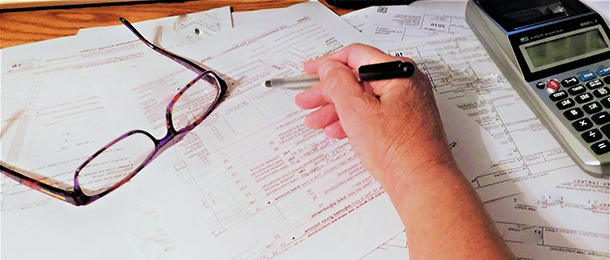Alternative methods to calculate investment income attributable to SMSF members rather than the government’s proposed variance in the total superannuation balance (TSB) over a financial year exist and are more consistent with current tax practice, according to an actuarial services provider.
Lime Actuarial director Greg Einfeld said using existing actuarial services to calculate taxable income on superannuation funds throughout the financial year, rather than at the end of the financial year, would be a more equitable outcome for members as it would not tax unrealised gains within the fund.
“This allocation could be calculated by SMSF accounting software. Alternatively, actuaries could extend existing actuarial certificates to include this tax calculation,” Einfeld said.
Under the current system, SMSFs are taxed on their investment income and realised capital gains, but these taxes are paid by the SMSF rather than the individual members. By contrast, the proposed solution would allocate these taxes to individual members, based on their share of the fund’s investments.
“The result would be much fairer and more consistent with common tax principles. And the process would be relatively straightforward for accountants and trustees,” Einfeld said.
Einfeld said the proposed method for taxing gains within a fund was inaccurate and created the loss of tax exemptions for certain investments, particularly those related to start-ups and early-stage venture capital.
He suggested the government’s proposed formula should be adjusted to take into account the balance at all times during the year and cited an example of how the calculation affected relevant stakeholders.
“Suppose a member had a TSB which steadily increased from $2.5 million to $3 million during the year, due to a combination of contributions and investment income. Then the TSB suddenly increased to $5 million on 30 June due to a pension reversion,” he said.
“The existing formula would apply the additional tax assuming the balance was $5 million throughout the year, even though there was only one day in the year where the TSB was above $3 million.”




